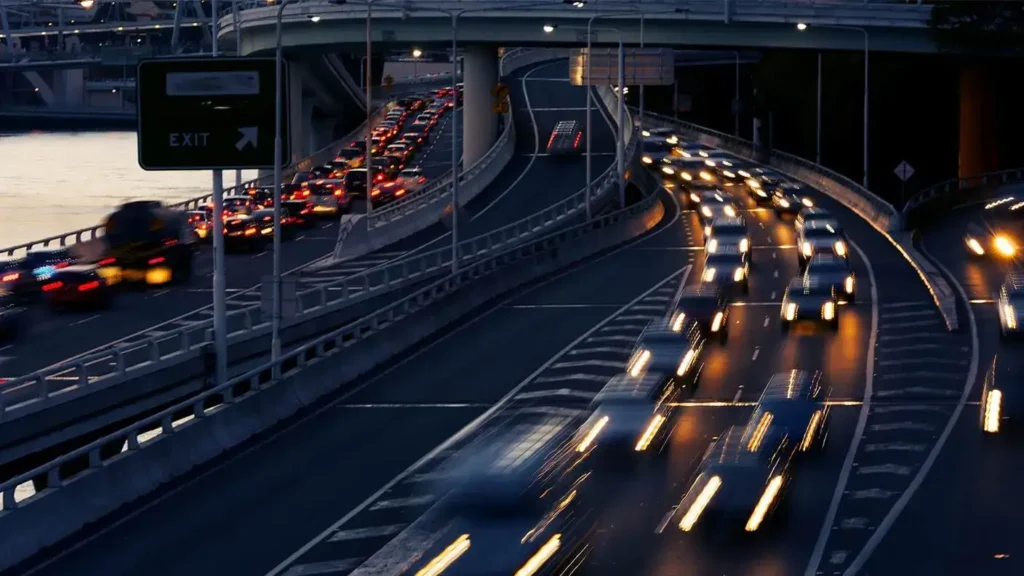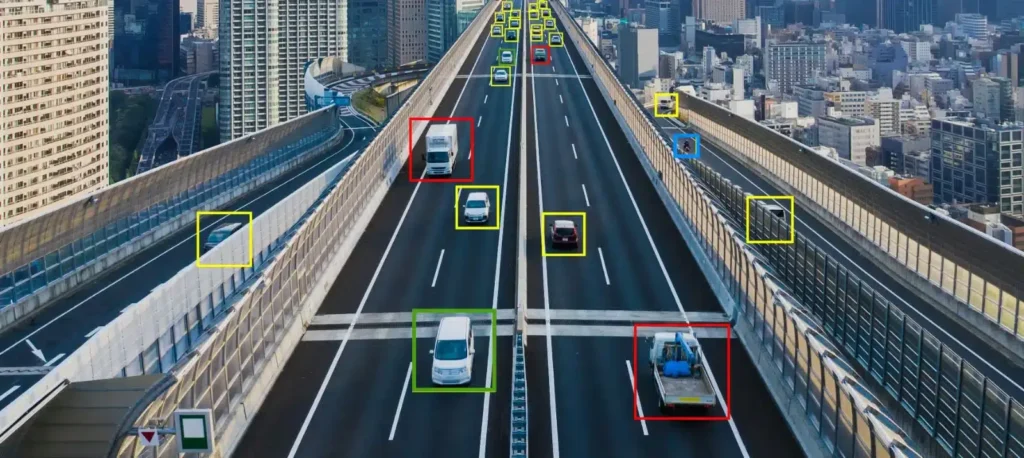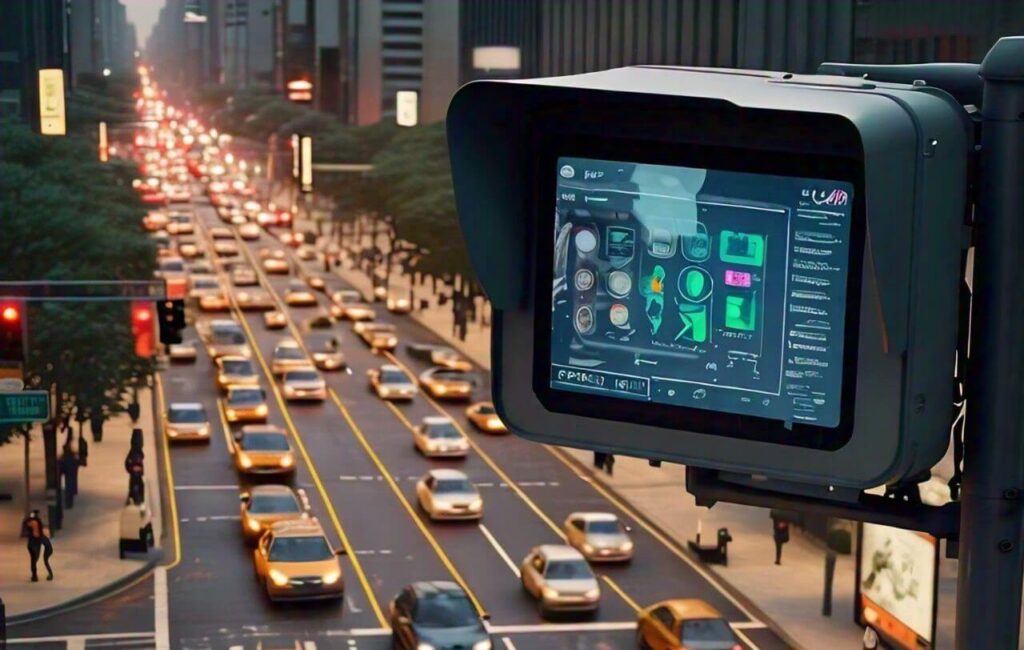The dream of living in a city where traffic flows freely, energy use is optimized, and public services respond in real-time is no longer a fantasy—it’s already becoming reality. Across the globe, urban centers are integrating artificial intelligence (AI) into roads, transportation, and infrastructure. These smart cities and AI-driven roads aren’t concepts for the distant future—they’re coming sooner than you think.
In this article, we explore how AI is reshaping urban life in 2025 and how intelligent road networks, sensors, and predictive systems are laying the groundwork for the next generation of mobility, sustainability, and safety.
Introduction: What Defines a Smart City Today?
A smart city is more than just a high-tech environment—it’s a data-driven, interconnected ecosystem where infrastructure, mobility, energy, and public services are enhanced by AI, sensors, and real-time communication.
Key characteristics of modern smart cities include:
- Digitally connected infrastructure
- Real-time traffic and public safety monitoring
- Energy-efficient systems powered by AI
- Responsive services that adapt to resident needs
At the center of all this transformation? AI-powered roads and transportation networks.
How AI Powers the Future of City Infrastructure
From garbage collection to street lighting, AI is making cities more efficient, sustainable, and user-friendly. Here’s how:
- Optimized waste collection routes to reduce fuel use
- Predictive maintenance of roads, bridges, and utilities
- AI-managed water and energy distribution
This level of automation ensures services are delivered faster and more cost-effectively, with minimal waste.
The Role of AI in Building Intelligent Road Networks
AI transforms traditional roads into intelligent transportation corridors capable of real-time learning and adaptation.
Features include:
- 🚦 Smart intersections that adjust signals to live traffic
- 🛣️ AI-based detours in response to accidents or congestion
- 🚗 Autonomous vehicle support systems built into roadways
With every sensor and signal connected, the road becomes a living, thinking system.
Sensor-Driven Urban Environments
Smart cities rely on the Internet of Things (IoT) to gather data from every corner:
- Smart streetlights adjust brightness based on foot traffic
- Cameras and lidar monitor vehicle flow and pedestrian movement
- Connected parking sensors detect empty spots and relay info to apps
All of this data feeds into central AI hubs, which analyze and act on patterns in real time.
V2I and V2X Communication in Smart Cities
Vehicle-to-Infrastructure (V2I) and Vehicle-to-Everything (V2X) technologies allow vehicles to “talk” to the city itself.
With AI:
- Cars adjust speed to catch green lights
- Road signs update based on road hazards or closures
- EVs locate and reserve nearby chargers automatically
This constant communication turns every car into a smart node on the city’s network.
AI in Urban Traffic Management and Signal Optimization
Traffic systems powered by AI no longer follow fixed cycles. Instead, they:
- Respond instantly to congestion
- Prioritize buses and emergency vehicles
- Reduce emissions by preventing stop-and-go flow
Many cities report a 15–30% drop in travel times after deploying adaptive traffic signals.
Smart Parking Systems and Predictive Allocation
AI tackles one of the most frustrating urban problems: parking.
- 🅿️ Sensors detect available spots in real time
- 🔄 Apps guide drivers directly to parking
- 🧠 AI predicts demand and adjusts pricing dynamically
This reduces congestion from drivers circling blocks and improves land use efficiency.
Environmental Monitoring with Urban AI
AI helps cities become greener by:
- Monitoring air quality, noise pollution, and water use
- Controlling HVAC systems in public buildings for energy savings
- Identifying pollution hotspots and triggering alerts
These insights help officials create data-informed environmental policies for a healthier urban life.
Energy-Efficient Street Infrastructure with AI
AI-powered infrastructure reduces municipal energy use through:
- 🌃 Adaptive lighting based on usage and weather
- 🔌 Smart grid balancing with real-time demand forecasting
- ☀️ Renewable energy integration into road networks
These upgrades make cities more resilient and cost-effective—both economically and environmentally.
Public Safety and Emergency Response Optimization
In smart cities, AI doesn’t just improve comfort—it saves lives. Advanced surveillance and predictive analytics enable:
- 🎥 AI-enhanced camera networks that detect unusual behavior or emergencies in public spaces
- 🚑 Optimized emergency vehicle routing with real-time signal priority
- 🚨 Threat recognition systems that identify accidents, fires, or crimes before they escalate
This coordination shortens response times, reduces fatalities, and ensures that resources are deployed efficiently and instantly.
Accessibility and Equity in Smart City Planning
One of AI’s most powerful applications is in ensuring inclusive and equitable urban environments.
- 🦽 AI maps the city for wheelchair accessibility and barrier-free navigation
- 📱 Apps powered by AI assist visually impaired and elderly commuters in real time
- 📊 Urban planners use AI to identify underserved areas and improve transportation, lighting, and safety infrastructure
These systems ensure smart cities work for everyone—not just tech-savvy or wealthy residents.
Real-World Examples of AI-Driven Smart Cities
Smart cities aren’t just pilot projects—they’re active, functioning ecosystems around the globe.
🏙️ Dubai, UAE
- AI-powered traffic lights and autonomous police drones
- Smart parking, lighting, and air quality monitoring
- Goal: become the world’s smartest city by 2030
🌆 Helsinki, Finland
- Uses AI for heating control, mobility planning, and emission reduction
- Residents use a unified app for transport, health, and public services
🇨🇦 Toronto, Canada
- Sidewalk Labs project integrated AI with sustainable design
- Innovations include self-healing streets and modular buildings
🇰🇷 Seoul, South Korea
- Uses AI to monitor crime, manage waste, and guide public transportation
- Dynamic traffic systems reduce commute time across districts
These examples show how diverse and scalable AI city systems are, regardless of climate, geography, or population density.
Challenges and Concerns: Privacy, Cost, and Security
Despite the benefits, AI-powered cities raise valid concerns:
- 🔐 Data Privacy: Continuous monitoring can lead to surveillance issues if not handled transparently
- 💰 Infrastructure Cost: Initial investment in AI and IoT systems can be significant for budget-constrained cities
- 🧠 Algorithmic Bias: If AI systems are trained on biased data, they may unintentionally worsen inequities
- 🛡️ Cybersecurity Threats: Interconnected systems must be safeguarded against hacking or data breaches
Addressing these requires clear regulations, citizen involvement, and strong ethical frameworks.
The Future of AI-Driven Urban Living (2025–2035)
Looking ahead, AI will take urban intelligence even further:
- 🚕 Fully autonomous public transport networks
- 🏗️ AI-managed infrastructure development based on digital twins (virtual city models)
- 🧠 Neural city grids where all services—from energy to traffic—are connected and self-regulating
- 🏙️ Hyper-personalized city experiences with location-aware, AI-driven recommendations for commuting, events, and healthcare
Cities will evolve from being static environments into adaptive, living organisms shaped by real-time data and AI feedback loops.
Conclusion
The age of smart cities and AI-driven roads is no longer on the horizon—it’s here now, and spreading fast. From traffic signals that think to buildings that self-optimize, artificial intelligence is rewriting the blueprint of modern urban life.
As adoption increases, the smartest cities will be those that use AI not only to manage data and infrastructure, but to enhance the human experience—making our roads, communities, and futures brighter, safer, and more connected than ever.


